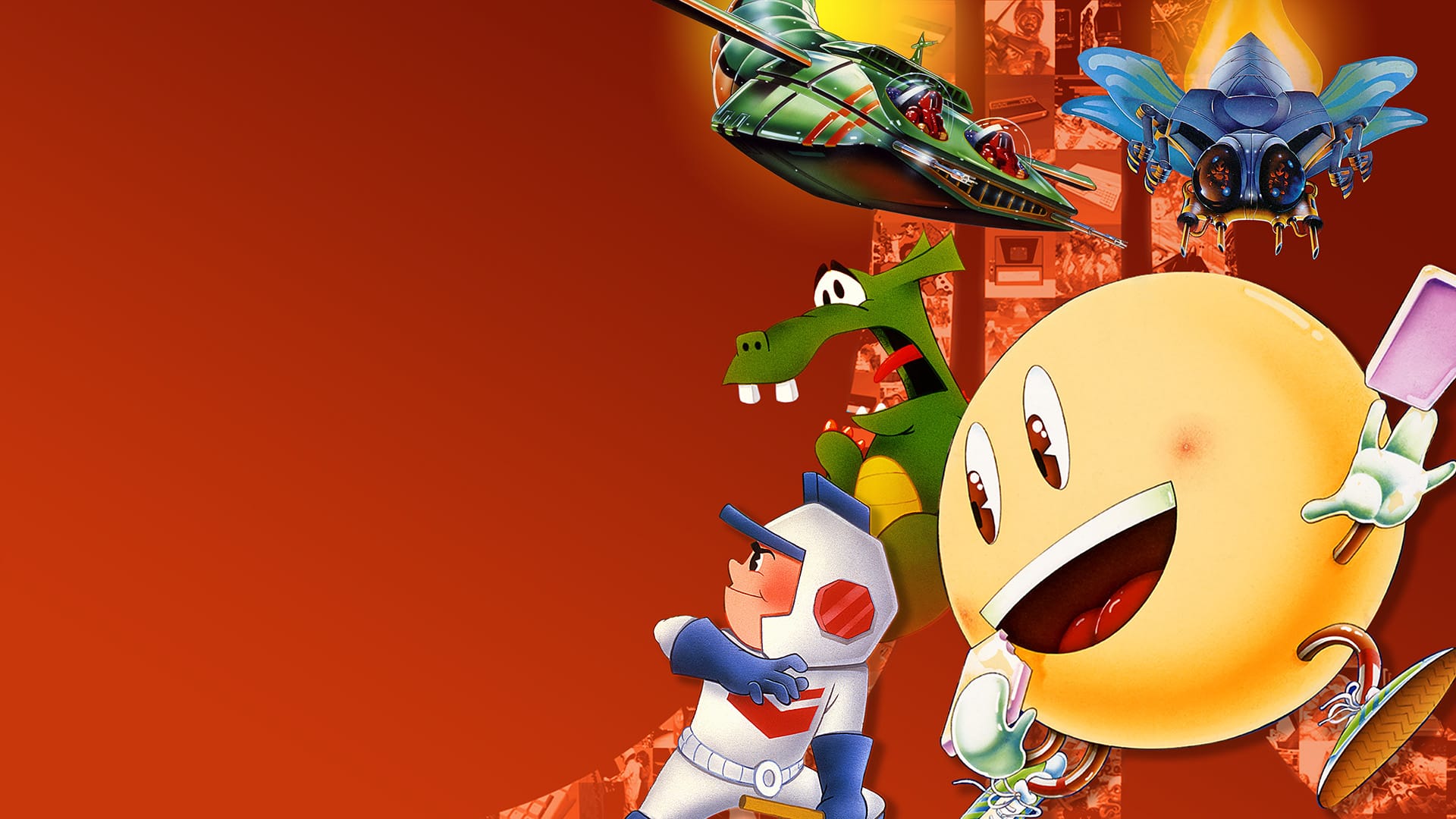Rhythm is but an everyday part of life in Beatbuddy: Tale of the Guardians. Plants and wildlife perpetually create music while the citizenry speak through vaguely melodic gibberish, some even moving in in time with the beat. Beatbuddy is hardly a full-on rhythm game – more exploration with occasional action phases – but it permeates everything around you, creating an electric, inventive mix between play and tempo.
Music sustains the land of Symphonia. Three ethereal beings – Melody, Harmony, and Beat – known as “buddies,” both provide and govern over it, ensuring balance is maintained. A monarch by the name of Prince Maestro, however, wants to harness their power for his own dastardly machinations. Beat and company are awoken in the process, each setting out to put a stop to him and reestablish order.
 A simple tale, but an enjoyable one. It sticks to the background, mostly, occasional but brief conversations advancing the plot steadily without being overbearing. The writing is to the point and often witty, your partner, Clef, providing frequent comic relief. Eavesdropping on the occasional bystander elicits some fun dialog as well. You don’t often run into people, though, your time mostly spent swimming around the wilds.
A simple tale, but an enjoyable one. It sticks to the background, mostly, occasional but brief conversations advancing the plot steadily without being overbearing. The writing is to the point and often witty, your partner, Clef, providing frequent comic relief. Eavesdropping on the occasional bystander elicits some fun dialog as well. You don’t often run into people, though, your time mostly spent swimming around the wilds.
As Beat, you wander through levels solving puzzles, battling foes, and occasionally jumping into a craft known as the bubblebuggy to demolish obstacles. Beatbuddy essentially separates itself between exploration and action, as such. On-foot (so to speak) places more emphasis on puzzles and leisurely surveying the area, myriad secrets hidden about (crystals known as beatpoints, which unlock extras – behind the scenes stuff, mainly – should you collect them all in a given level) encouraging you to stray off the beaten path.
Very few instances of combat arise here, foes few and far between. Enemies are dispatched in a couple of quick punches, their advances easy to dodge so long as you aren’t confined by the environment’s often narrow paths. Most encounters relegate themselves to more open spaces, thankfully, so that’s not too often an issue. Though until you obtain Beat’s homing attack half-way through the game, it can prove difficult to move from evasion to offense, every second counting when dealing with swarms of foes.

Vehicular segments shift the focus to action, tossing all manner of obstacles from walls to enemies in front of you that must be destroyed or avoided to progress. Combat takes on a sort of shoot-‘em-up quality here, requiring dexterity and accuracy to succeed. The buggy moves in pulses in sync with the music, meaning you don’t have much degree of movement; so too does everything else, though, creating ample but fair challenge.
You swap between the two styles of play a couple times per area, the vehicle segments much shorter than the on-foot portions. The game’s six levels last around an hour each, with the exception of the tutorial stage. They’re lengthy, but never feel like a slog. They feel much shorter – almost fleeting – variety in ample supply to stave off monotony. Checkpoints are never more than a minute or two apart as well, so you’re never in any fear of losing progress mid-level.
The only downside there is that, should you run into the odd scripting issue (I only encountered two of them, both easily fixed), you have to revert back to wherever the game counts as the start of the area you’re in (the level select screen splits every stage into parts, you see) as that’s the only way to fix the scripting. Sometimes that’s close, resulting only in a loss of beatpoints, other times it’s a bit of ways, though never anything too substantial. Annoying, but thankfully rare.
 Rhythm is the backbone of Beatbuddy and it manifests itself in a number of clever ways. Certain foes can only be defeated by timing attacks to the beat, for instance, hi-hats ringing out upon breaking through strings of orbs. The notes elicited always remain the same, never adapting to the underlying music for the area, but, to the game’s credit, they never fail to jive, regardless.
Rhythm is the backbone of Beatbuddy and it manifests itself in a number of clever ways. Certain foes can only be defeated by timing attacks to the beat, for instance, hi-hats ringing out upon breaking through strings of orbs. The notes elicited always remain the same, never adapting to the underlying music for the area, but, to the game’s credit, they never fail to jive, regardless.
A variety of composers contributed to the soundtrack. People like Austin Wintory and Parov Stelar, along with bands such as Europa Deep and La Rochelle, to name a few, each lending their distinctive style to the game’s locales. A shame, however, that you don’t often get the chance to listen to the infectious tracks at their fullest. The majority of play only grants glimpses of them at their best, vehicular segments the only instance wherein they play at full-blast.
Beatbuddy: Tale of the Guardians is a smart blend of rhythm and action. It splendidly combines the two in cool, modest ways, weaving it seamlessly into play. Beatbuddy doesn’t last long (though 7 hours is certainly reasonable), it’s good fun, providing ample variety throughout. A few unfortunate scripting issues notwithstanding, Beatbuddy delivers on all fronts.





